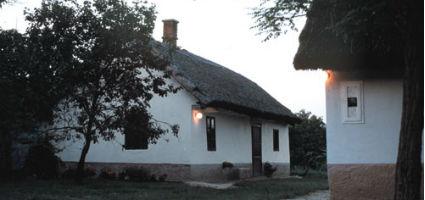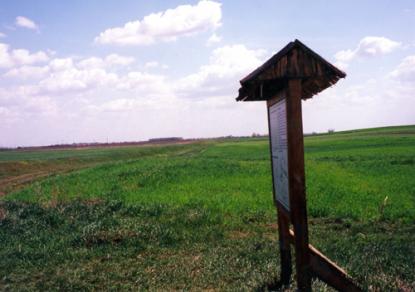2024. April 29. Monday
Blaskovich Museum - Ethnographical House - Tápiószele
 |
Address: 2766, Tápiószele Ceglédi út 5.
Phone number: (53) 380-157
E-mail: blaskovichmuzeum@femuz.hu
|
Museum tickets, service costs:
|
Ticket for adults
|
100 HUF
|
|
|
Ticket for students
|
50 HUF
|
The visitors may learn of the flora and fauna of the area around the river Tápió on the study path starting from the Ethnography House. The ’White Stalk’ study path can be visited free from 2002. It was created by the help of the Duna-lpoly National Park and the Hungarian office of the WWF.

The choice of the name was not by accident since right at the first stop a white stalk pair nestles. The next stations of the tour are excellent locations for the stalks for finding food. Stalks are on the verge of extinction in most places of Europe.
The 2-kilometer study path in the town itself begins from next to the Ethnography House at the Tápió Bridge along road 311. It takes about 70 minutes to go all the way the path.
There are eight stations on the study path signed on wooden poles. The topics of the stations: 1: White stalk, 2: The power of water, 3: Rare fish, 4: Life under the surface of water, 5: How does land change? 6: The hunters of air, 7: Song of birds in forests and fields, 8: Marshland. The tablets of the study paths: 1: The life of streams, 2: Agricultural areas, 3: The life of marshes, 4: The vertebrates of lakes.
After the stalk couple nesting on the pylon, we may see an interesting geographic phenomena: the land shaping work of the flow of water. The fish fauna of the River Tápió is, thanks to the quite clean and good quality water, is rich, several different type of fish live there.
At the next stop, the so-called indicator species can be seen. Moving away from the densely populated part of Tápiószele we may see flying birds of prey. Around the fishery, birds of bushes and reeds can be observed. At the end, the water plants around the lake in the mirror of the depth of the water may be studied.

The choice of the name was not by accident since right at the first stop a white stalk pair nestles. The next stations of the tour are excellent locations for the stalks for finding food. Stalks are on the verge of extinction in most places of Europe.
The 2-kilometer study path in the town itself begins from next to the Ethnography House at the Tápió Bridge along road 311. It takes about 70 minutes to go all the way the path.
There are eight stations on the study path signed on wooden poles. The topics of the stations: 1: White stalk, 2: The power of water, 3: Rare fish, 4: Life under the surface of water, 5: How does land change? 6: The hunters of air, 7: Song of birds in forests and fields, 8: Marshland. The tablets of the study paths: 1: The life of streams, 2: Agricultural areas, 3: The life of marshes, 4: The vertebrates of lakes.
After the stalk couple nesting on the pylon, we may see an interesting geographic phenomena: the land shaping work of the flow of water. The fish fauna of the River Tápió is, thanks to the quite clean and good quality water, is rich, several different type of fish live there.
At the next stop, the so-called indicator species can be seen. Moving away from the densely populated part of Tápiószele we may see flying birds of prey. Around the fishery, birds of bushes and reeds can be observed. At the end, the water plants around the lake in the mirror of the depth of the water may be studied.
